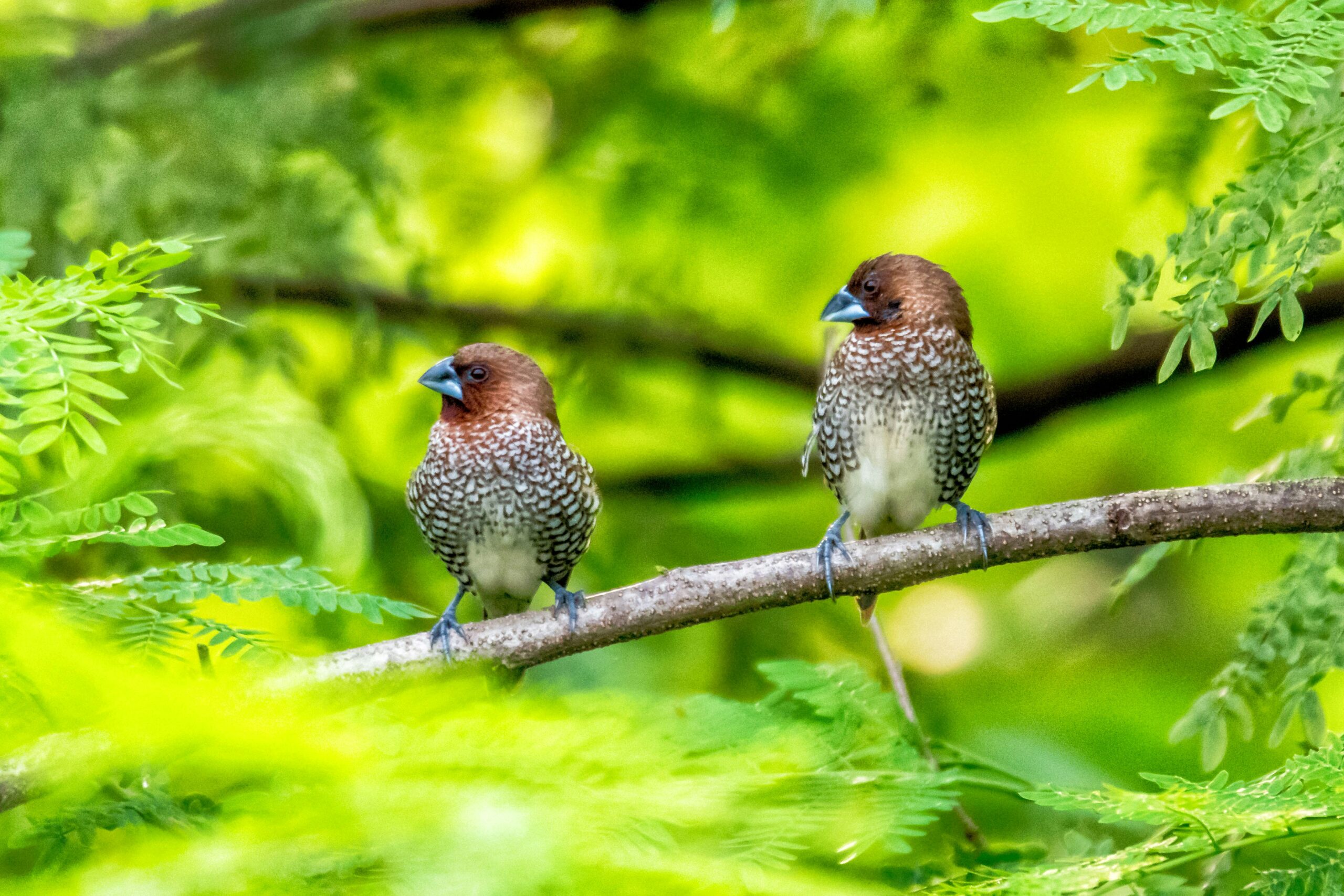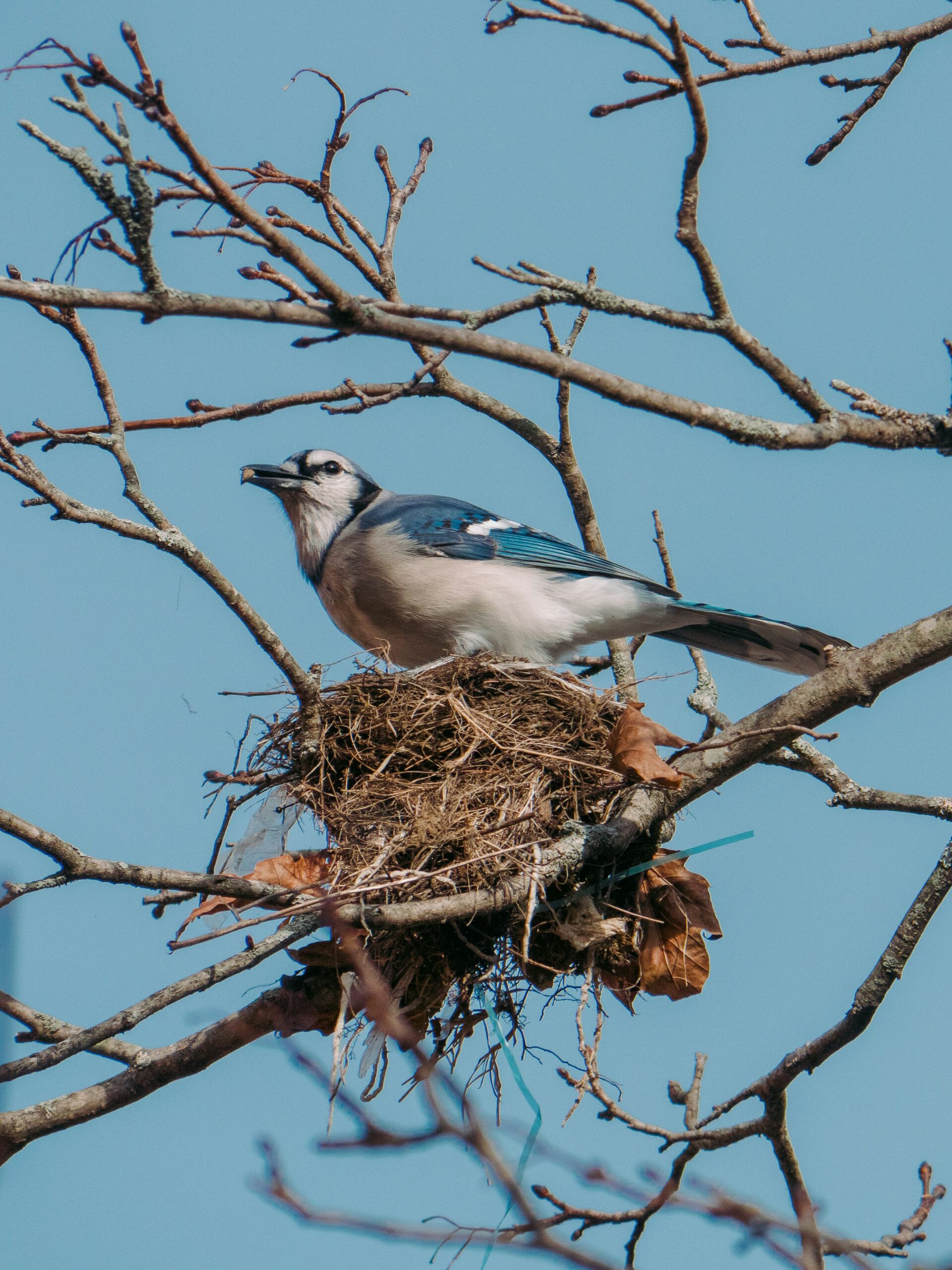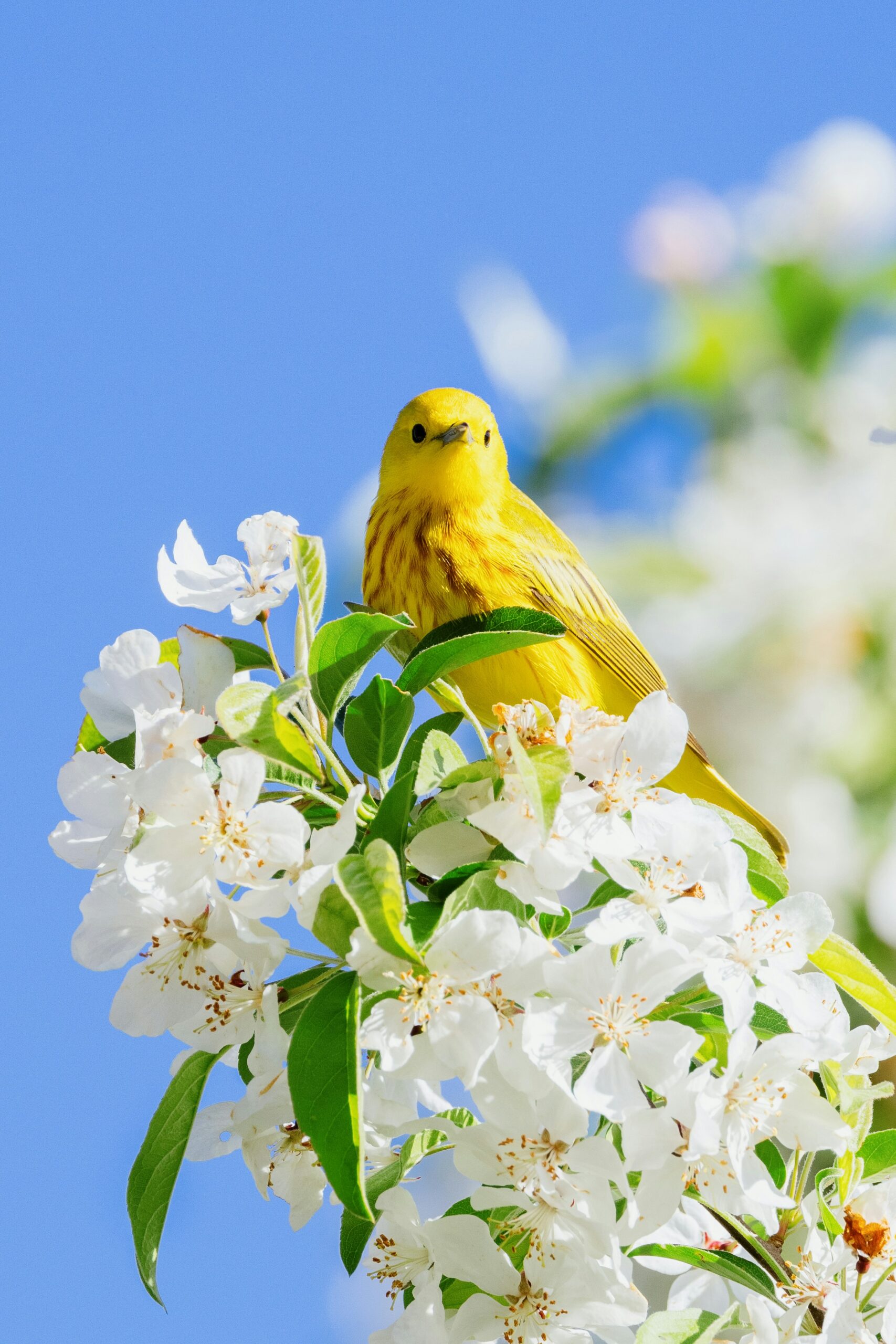If you’re an avid birdwatcher, you know that a good spotting scope is a game-changer. It allows you to observe birds up close, even from a distance. But have you ever wondered, what is the ideal objective lens diameter for a spotting scope in birding? The objective lens is a crucial element that determines the scope’s light-gathering ability, clarity, and overall performance. In this article, we will explore the factors to consider when choosing the right lens diameter for your birdwatching adventures and help you make an informed decision. Get ready to enhance your birding experience like never before!

Understanding Spotting Scopes
Spotting scopes are optical devices that are commonly used in birding. They are similar to telescopes but are designed specifically for terrestrial use. Spotting scopes consist of a long, narrow tube with a lens at one end and an eyepiece at the other. They are designed to provide clear and magnified views of distant objects, making them ideal for bird watching.
Defining spotting scope for birding
A spotting scope for birding is a type of spotting scope specifically designed for observing birds in their natural habitats. These scopes are typically lightweight and portable, making them easy to carry on outdoor adventures. They offer high magnification and clarity, allowing birders to see details of birds that may be difficult to see with the naked eye. Spotting scopes for birding also often have features such as waterproofing and fog proofing, which are essential for outdoor use.
Key features of spotting scopes
Spotting scopes for birding come with a range of key features that enhance their functionality for birdwatching. These features include:
-
Magnification: Spotting scopes have different magnification options, which allow users to get up-close views of birds in the distance. The magnification power of a spotting scope determines how much closer objects will appear.
-
Objective lens diameter: The objective lens diameter is a crucial aspect of spotting scopes. It determines the amount of light that enters the scope, impacting the brightness and clarity of the image.
-
Field of view: The field of view is the width of the area that can be seen through the spotting scope at a specific distance. A wider field of view is desirable for birding as it allows birders to spot birds more easily.
-
Eye relief: Eye relief refers to the distance between the eyepiece and the observer’s eye. It is particularly important for those who wear glasses, as it determines how comfortable and clear the view is.
-
Durability and weather resistance: Spotting scopes designed for birding are often built to withstand harsh weather conditions. This includes features such as waterproofing and fog proofing to ensure optimal performance in various environments.
Why spotting scopes are used for birding
Spotting scopes are widely used by birdwatchers for several reasons. First, they provide superior magnification compared to binoculars, making it easier to observe birds from a distance. Second, spotting scopes offer excellent image quality, allowing birders to see fine details such as feather patterns and colors. Additionally, spotting scopes can be mounted on tripods or other supports, resulting in steady and comfortable viewing sessions. They are also suitable for birders who wear glasses, as most spotting scopes offer adjustable eye relief. Overall, spotting scopes are a valuable tool for birding, enabling birdwatchers to fully enjoy the beauty of birds in their natural habitats.
Importance of Objective Lens Diameter in Spotting Scopes
The objective lens diameter is a critical factor to consider when choosing a spotting scope for birding. It determines the amount of light that enters the scope, impacting the brightness and clarity of the image. Choosing the right objective lens diameter is essential to ensure optimal performance in varying lighting conditions.
Definition and function of objective lens diameter
The objective lens diameter refers to the diameter of the lens at the front end of the spotting scope. It is measured in millimeters and is an important specification to consider when purchasing a spotting scope. The larger the objective lens diameter, the more light it can gather. This allows for brighter, clearer images, especially in low-light conditions.

How objective lens diameter impacts view quality
The objective lens diameter directly affects the view quality of a spotting scope. A larger objective lens diameter allows more light to enter the scope, resulting in brighter and clearer images. This is particularly crucial when birding in low-light conditions, such as during dawn or dusk. A spotting scope with a larger objective lens diameter can gather more light, allowing birders to see birds with greater detail and accuracy.
Conversely, a smaller objective lens diameter may result in dimmer images, especially in low-light situations. While smaller objective lens diameters are more compact and portable, they may sacrifice some image quality and brightness. It is important to strike a balance between portability and image quality when considering the objective lens diameter of a spotting scope.
Role of objective lens diameter in light gathering ability
The objective lens diameter plays a significant role in the light gathering ability of a spotting scope. The larger the objective lens diameter, the greater the amount of light that can enter the scope. This is particularly beneficial in situations where the available light is limited, such as in heavily shaded areas or during twilight hours.
By gathering more light, a spotting scope with a larger objective lens diameter can produce brighter and more detailed images. This is especially advantageous when birding in environments with diverse lighting conditions or when observing birds that tend to hide in shadows or under thick foliage.
Different Objective Lens Diameter Sizes and Their Impacts
Spotting scopes for birding come in a range of objective lens diameter sizes. Each size has its advantages and disadvantages, and it is important to understand their impacts when making a selection.
Common objective lens diameters in the market
Spotting scopes typically have objective lens diameters ranging from 50mm to 100mm. The most common objective lens diameters in the market are 60mm, 70mm, 80mm, and 100mm. Each diameter offers unique characteristics that cater to different birding needs and environments.
Advantages and disadvantages of small objective lens diameters
Spotting scopes with small objective lens diameters, such as 60mm or 70mm, offer advantages in terms of portability and weight. They are often more compact and lighter, making them easier to carry during outdoor adventures. These scopes are ideal for birders who value mobility and may need to hike or travel long distances with their equipment.
However, small objective lens diameters may result in slightly dimmer images, especially in low-light conditions. The reduced light gathering ability of smaller objective lenses means that images may lack the same level of brightness and clarity as scopes with larger objective lenses. Birders who primarily engage in birding during well-lit daytime hours may find these scopes sufficient for their needs.
Advantages and disadvantages of large objective lens diameters
Spotting scopes with large objective lens diameters, such as 80mm or 100mm, offer significant advantages in terms of image brightness and clarity. These scopes excel in low-light conditions, providing birders with clear and detailed views even during dawn, dusk, or in heavily shaded areas. The larger objective lens diameter allows more light to enter the scope, resulting in brighter images.
However, larger objective lens diameters come with trade-offs in terms of size, weight, and cost. Scopes with larger objective lenses are bulkier and heavier, requiring additional support such as tripods or mounting systems. They are less suitable for birders who prioritize portability and mobility. Additionally, spotting scopes with larger objective lenses tend to be more expensive.

Ideal Objective Lens Diameter for Different Birding Environments
The ideal objective lens diameter for birding depends on the specific environments in which birdwatching is conducted. Different lighting conditions and habitats require spotting scopes with varying objective lens diameters to ensure optimal viewing experiences.
Birding in well-lit environments
In well-lit environments, such as open fields or bright sunny days, spotting scopes with smaller objective lens diameters may be sufficient. The available light is generally abundant, and scopes with smaller objective lenses can still provide clear and bright images. Birders who primarily engage in birding during these conditions may opt for smaller and more compact spotting scopes with objectives ranging from 60mm to 70mm.
Birding in low-light conditions
Birding in low-light conditions, such as early morning or late evening hours, calls for spotting scopes with larger objective lens diameters. These scopes can gather more light, compensating for the limited natural light. Spotting scopes with objective lens diameters ranging from 80mm to 100mm are highly recommended for birders who frequently bird during low-light conditions. These larger objective lenses enhance the brightness and clarity of the images, allowing birders to spot and identify birds with greater ease and accuracy.
Birding in diverse lighting conditions
For birders who frequently encounter diverse lighting conditions, a spotting scope with a medium-sized objective lens diameter, typically between 70mm and 80mm, can be a good compromise. This size provides a balance between image brightness and portability. It allows a sufficient amount of light to be gathered while still maintaining a relatively compact and lightweight design. Birders who explore various habitats and bird at different times of the day may find spotting scopes with medium-sized objective lens diameters to be the most versatile option.
Objective Lens Diameter and Magnification Level
When selecting a spotting scope, it is important to consider the relationship between objective lens diameter and magnification level. Finding the right balance between these two factors is crucial to ensure optimal viewing experiences while birding.
Understanding magnification level
Magnification level determines how much larger an object appears when viewed through a spotting scope. Higher magnification allows for closer views of birds, magnifying their details. However, higher magnification can also result in reduced image stability and brightness, especially when using higher levels of magnification without adequate light gathering. Spotting scopes with variable magnification, such as 20-60x or 25-75x, offer flexibility in adjusting the magnification level based on the specific viewing needs.
Relationship between lens diameter and magnification
The objective lens diameter and magnification level are interconnected factors in spotting scope selection. While it may be tempting to choose the highest magnification possible, it is important to consider the objective lens diameter and its light gathering ability. Higher magnification with a smaller objective lens diameter may lead to dimmer and less clear images, especially in low-light conditions.
A general guideline is to aim for a spotting scope with an objective lens diameter of at least 60mm to 70mm for every 10x of magnification. This helps ensure sufficient light gathering to maintain image brightness and clarity. For example, if using a spotting scope with a 20-60x magnification range, an objective lens diameter of around 60mm would be suitable.
How to balance lens diameter and magnification for birding
When balancing lens diameter and magnification, it is important to assess personal birding preferences and needs. Birders who prioritize image stability and brightness may opt for lower magnification levels combined with larger objective lens diameters. This choice ensures brighter and clearer images, even in low-light conditions.
On the other hand, birders who focus on observing fine details and require higher levels of magnification may choose scopes with smaller objective lens diameters. However, it is essential to strike a balance between magnification and image quality to avoid compromising clarity and brightness.
Portability and Weight Considerations
Portability and weight are important considerations when selecting a spotting scope, especially for birders who value mobility and often travel long distances or hike to reach birding locations.
Weight implications of different lens diameters
Spotting scopes with larger objective lens diameters tend to be heavier due to the increased size of the lens. As a general rule, larger objective lenses require additional support, such as tripods or mounting systems, to ensure stability and comfortable viewing. While larger objective lenses provide superior image brightness and clarity, the added weight can pose challenges for birders on the move.
Smaller objective lens diameters, ranging from 60mm to 70mm, are typically more lightweight and compact. They offer greater portability, making them suitable for birders who prioritize ease of transportation.
Managing portability with larger lens diameters
For birders who still prefer spotting scopes with larger objective lenses, there are strategies to manage portability. Investing in lightweight tripod systems or opting for carbon fiber tripods can significantly reduce the overall weight of the equipment while providing stability during viewing sessions. Additionally, choosing spotting scopes with compact designs, improved ergonomics, and durable yet lightweight materials can further enhance portability without sacrificing image quality.
Ideal lens diameters for mobile birding
Birders who prioritize mobility and need a spotting scope for mobile birding may opt for smaller objective lens diameters in the range of 60mm to 70mm. These scopes offer a good balance between image quality and portability. Combined with lightweight tripods or unipods, they can provide stable and comfortable viewing experiences without adding excessive weight to the birder’s gear.
Professional Birders and Lens Diameter
Professional birders often have specific preferences when it comes to choosing the ideal objective lens diameter for their spotting scopes. Their experiences and expertise can offer valuable insights into the benefits and drawbacks of different lens diameters.
Preferred objective lens diameters among professional birders
Professional birders typically prioritize image quality and versatility when selecting objective lens diameters for their spotting scopes. Many professionals opt for larger objective lens diameters, such as 80mm or 100mm, to ensure optimal image brightness and clarity, even in challenging lighting conditions.
However, it is essential to note that individual preferences can vary based on the specific birding environments and requirements of professional birders. Some professionals may prefer spotting scopes with smaller objective lens diameters to prioritize portability and ease of travel.
Field testimonials and experiences
Numerous field testimonials from professional birders highlight the advantages of larger objective lens diameters, particularly for birding in low-light conditions. These professionals emphasize the importance of maximizing image brightness and clarity, especially when observing birds during dawn, dusk, or in heavily shaded areas. The ability to identify fine details in various lighting conditions is a significant advantage offered by larger objective lens diameters.
It is crucial, however, to consider personal preferences and birding habits when choosing the ideal objective lens diameter. While professional birders’ experiences carry weight, it is important to find a balance between professional recommendations and individual needs.
Price Considerations When Choosing Objective Lens Diameter
Price is another aspect that should be considered when choosing the ideal objective lens diameter for a spotting scope. Different lens diameters often come with varying price tags, and finding the right balance between budget and quality is an important factor to consider.
Price variations among different lens diameters
In general, spotting scopes with larger objective lens diameters tend to be more expensive. This is due to the higher quality materials and optical components required to achieve superior image brightness and clarity. Larger objective lenses also generally require more advanced technology for light gathering, resulting in increased manufacturing costs.
Spotting scopes with smaller objective lens diameters, such as 60mm to 70mm, are usually more budget-friendly. They offer a good balance between affordability and image quality, making them a popular choice for birders who value cost-effectiveness.
Balancing budget and quality in lens diameter selection
When considering objective lens diameter, it is crucial to balance budget and quality. While larger objective lens diameters may offer superior image quality, they may also come with a higher price tag. It is essential to assess personal birding needs and determine the level of image quality required.
Birders who frequently bird in low-light conditions or value exceptional image clarity may consider investing in larger objective lens diameters. However, if budget constraints are a consideration, spotting scopes with smaller objective lenses can still provide satisfactory performance for most birding situations.
Maintenance and Durability Factors
Maintenance and durability are essential factors to consider when choosing a spotting scope, regardless of the objective lens diameter. Different objective lens diameters may have varying maintenance requirements and durability levels, making it important to be aware of these factors.
Durability differences among lens diameters
The durability of a spotting scope can vary depending on the construction materials and build quality. Larger objective lens diameters often result in more robust and sturdy scopes due to the design requirements to accommodate the larger lens. These scopes are generally built to withstand outdoor conditions, including moisture, dust, and temperature changes.
Smaller objective lens diameters, although lighter and more portable, may feature slightly less robust constructions. However, spotting scopes with smaller objective lenses can still provide satisfactory durability and performance, especially when designed with high-quality materials and protective coatings.
Proper maintenance for different lens diameters
Maintaining a spotting scope, regardless of the objective lens diameter, is essential to ensure its longevity and optimal performance. Basic maintenance practices include keeping the scope clean, protecting it from moisture and dust, and storing it properly.
For larger objective lens diameters, extra care should be taken to protect the lens from scratches and impacts. Regular cleaning, preferably with specialized lens cleaning materials, is crucial to maintaining image clarity. Dust and moisture can affect the performance of the scope, so it is important to invest in protective covers when necessary and store the scope in a dry and safe environment.
Proper maintenance practices should be followed regardless of the objective lens diameter. By taking care of the spotting scope, birders can ensure that it remains in optimal condition for years of enjoyable birding experiences.
Final Verdict on Ideal Objective Lens Diameter for Birding
The ideal objective lens diameter for birding depends on various factors, including personal preferences, birding environments, lighting conditions, and budget. To summarize the key points:
-
Larger objective lens diameters, such as 80mm or 100mm, offer superior image brightness and clarity, especially in low-light conditions. They are suitable for birders who prioritize image quality and are willing to invest in the added weight and cost.
-
Smaller objective lens diameters, ranging from 60mm to 70mm, provide greater portability and affordability. They can still offer satisfactory image quality, particularly in well-lit environments and for birders on the move.
-
Medium-sized objective lens diameters, typically between 70mm and 80mm, offer a compromise between image quality and portability. They are versatile options for birders who encounter diverse lighting conditions and habitats.
Ultimately, choosing the ideal objective lens diameter involves evaluating individual needs and preferences. Beginner birders may find it helpful to start with smaller objective lens diameters and gradually upgrade as they gain more experience and develop specific requirements.
Advice for first-time birding spotting scope buyers
For first-time birding spotting scope buyers, it is important to consider personal preferences, birding environments, budget, and long-term goals. Some key advice includes:
-
Research thoroughly: Familiarize yourself with different spotting scope models, brands, and specifications. Understanding the terminology and features can help make an informed decision.
-
Try before you buy: If possible, test out different spotting scopes with varying objective lens diameters to get a feel for their performance and ergonomics. Visit birding stores or join birding groups to connect with experienced birders who may allow you to try their equipment.
-
Consider long-term needs: Think about your future birding plans and whether you may need a spotting scope with greater image quality, larger objective lens diameter, or higher magnification. This can help prevent the need for frequent upgrades.
-
Seek recommendations: Consult with experienced birders, join birding forums, or seek advice from professional birding organizations. These resources can provide insights and recommendations based on real-world experiences.
-
Balance between budget and quality: Determine a budget range and prioritize your requirements accordingly. Look for reliable spotting scopes that offer good value for money while meeting your specific needs.
-
Check warranty and customer support: Ensure that the spotting scope comes with a warranty and reputable customer support. This can provide peace of mind and assistance in case of any issues or concerns.
Remember, the ideal spotting scope is a personal choice, and what works for others may not necessarily work for you. Take your time, gather information, and choose a spotting scope that suits your birding style and preferences.
Adjusting lens diameter choices with experience
As birders gain more experience and explore different birding environments, their preferences for objective lens diameter may change. It is common for birders to upgrade their spotting scopes over time as they refine their birding techniques and encounter varying lighting conditions.
By adjusting lens diameter choices with experience, birders can continually improve their birding experiences and enjoy the beauty of birds to the fullest. Stay open to experimentation, seek feedback from fellow birders, and continuously learn and adapt your equipment choices based on your birding journeys.
